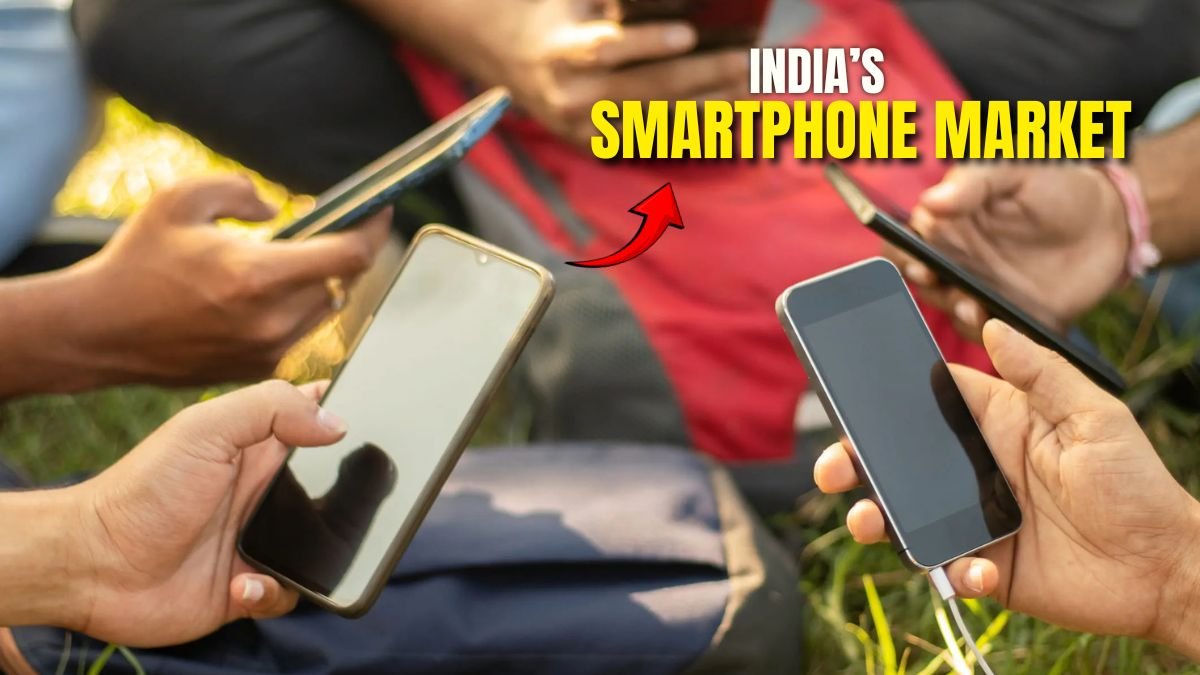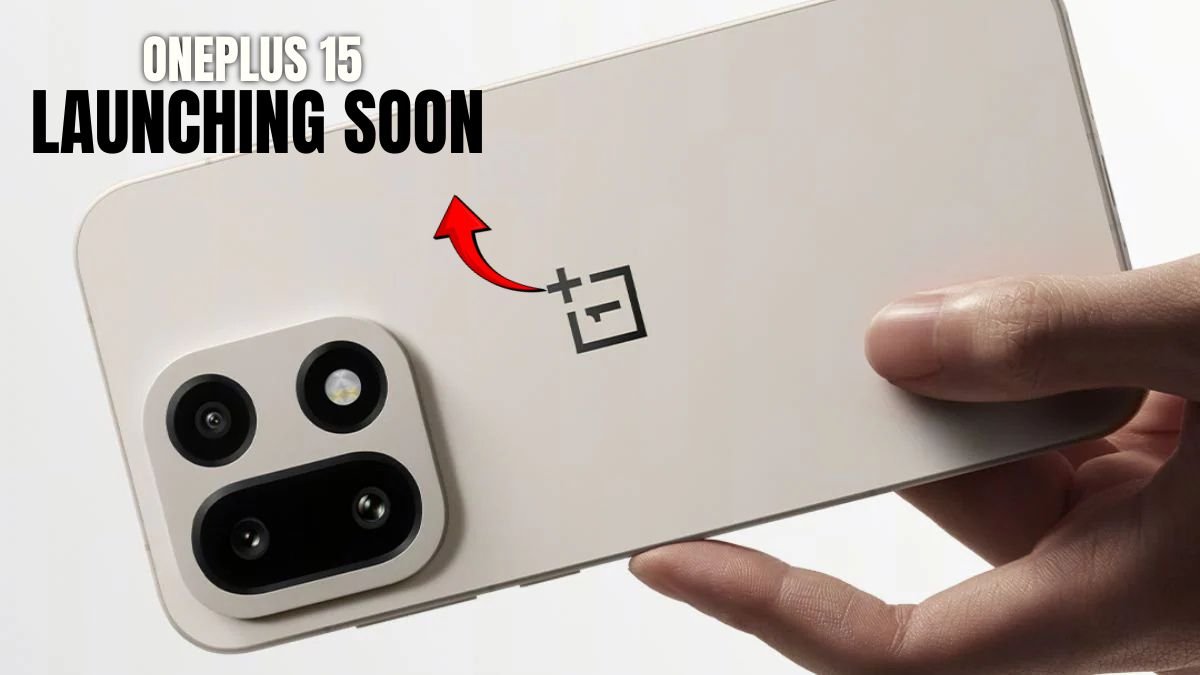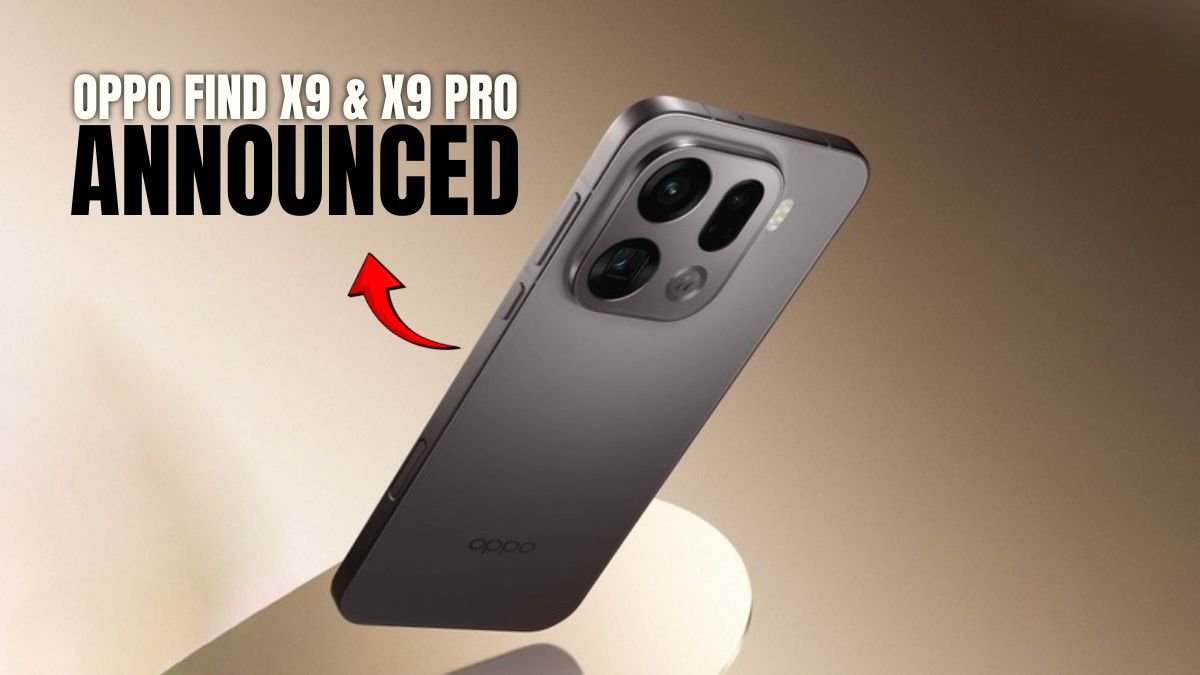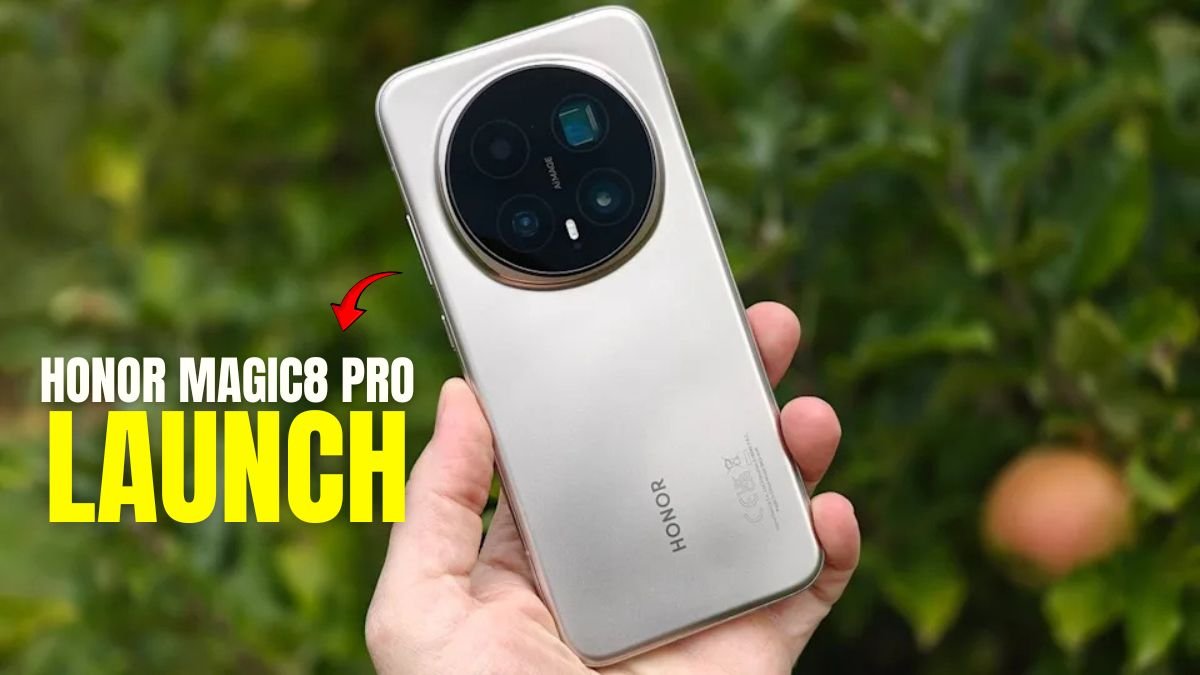India’s Smartphone Market Rebounds in 2025 — India’s smartphone market is once again trying to pick up pace. Smartphone shipments in the country grew 3% year-on-year (YoY) in the third quarter (Q3) of 2025, reaching a total of 48.4 million units, according to a report by market research company Omdia.
While this increase may not be significant, it indicates that the market is slowly recovering from the pandemic and economic uncertainties. According to the report, the launch of new models in July and August, dealer restocking, and the early start of the festive season gave the market a positive direction.
1. Market activity increased before the festivities
Almost all smartphone companies began replenishing their channels with new stock ahead of the festive season. Retailers and distributors expected a significant surge in demand during the festive months of October and November.
However, the report also clarifies that this increase was not due to organic demand from customers, but rather due to incentive-based channel activities. That is, companies encouraged dealers to carry more inventory by offering bonuses, schemes, and incentives.
2. Brand Performance: Who won?
- Speaking of brands, vivo (excluding iQOO) retained its top position this quarter.
- Vivo sold 9.7 million units and captured a 20% market share.
- Samsung ranked second, with shipments of 6.8 million units and a 14% market share.
- Xiaomi and OPPO (excluding OnePlus) ranked third and fourth, both selling 6.5 million units.
- Apple made a strong comeback, securing a 10% share in the top 5 with 4.9 million units sold.
3. Incentive schemes drove growth
According to Omdia Principal Analyst Sayam Chaurasia, companies changed their marketing strategies this quarter, focusing specifically on the retail network.
He articulated that brands introduced initiatives such as the cash-per-unit bonuses, tiers margin schemes and dealer contests to lure their dealers and retailers. The prizes such as international trips, bikes, and gold coins were included.
Those plans made dealers buy bigger inventories than anticipated and aided companies to register high sales during the Q3 period.
4. Easy EMIs and Offers for Customers
Even though consumer demand was not high, the companies introduced a number of new offers and finance plans to appeal to customers.
Such as:
- Zero Down Payment EMI,
- Micro-Installment Plans,
- Bundled Accessories,
- and Extended Warranty Provides.
These promotions allowed customers to buy smartphones easily particularly within the mid-range and the entry-level segments.
5. Brand Strategy: Who Adopted What?
Vivo continued to consolidate its market with balanced portfolio and a good retail network. Its T-series is already doing well with other online portals as V60 and Y-series are becoming popular in the rural and high-format retail outlets.
Samsung preserved its market share by means of the current mid-premium models and the new Snapdragon-based S24 and S25 FE, but entered the competition in the entry-level segment.
The F31 series by OPPO was the festival based massive campaign that helped the firm to back its volumes.
Motorola recorded its highest performance selling 4 million units or a 53 percent increase in performance relative to the previous year. Its G-series and Edge 60 series contributed to offline growth.
The Nothing brand also recorded 66% YoY growth. Its new CMF Phone 2 Pro and Phone 3a models captured the attention of Indian consumers. The brand has established “CMF” as a local sub-brand in India for the first time.
6. Apple’s Record-Breaking Quarter
This quarter was Apple’s best ever. The company recorded its highest sales in India ever—nearly 4.9 million units, bringing its market share to 10%.
The report suggests that Apple’s growth this time wasn’t limited to metro cities, but also saw significant demand from smaller cities and tier-2 and tier-3 markets. The desire to own a “premium brand,” financing schemes, and festive offers boosted sales.
Discounts on older models like the iPhone 15 and iPhone 16 drove significant sales, while the iPhone 17 base model received a strong response from iPhone 12–15 users.
To continue to strengthen its foothold in the Indian market in the long run, Apple is currently dedicating its attention to its Pro model upgrades and ecosystem strategy.
7. Way Forward: Will this momentum continue?
This Q3 growth will not run to the end of the year according to the report released by Omdia.
Despite the fact that the GST cut has partially made domestic consumer confidence better, the smartphone segment is not recovered as much.
City users are now reluctant to buy new gadgets as the economy is unstable and cost sensitivity is increasing. Consequently, the real sales (sell-outs) have been below shipments which probably have contributed to an increase in inventory in Q4.
The rural demand is stable because it is not sufficient to compensate the deceleration in urban areas.
8. What will the full year of 2025 look like?
Omdia estimates that the Indian smartphone market may see a slight decline for the entire year 2025.
This is attributed to fragile economic conditions, limited consumer spending, and the ongoing channel reform process.
While India will still remain the biggest opportunity for smartphone companies in the long term, striking a balance between stability and demand will be challenging in the coming months. It will be intense.






